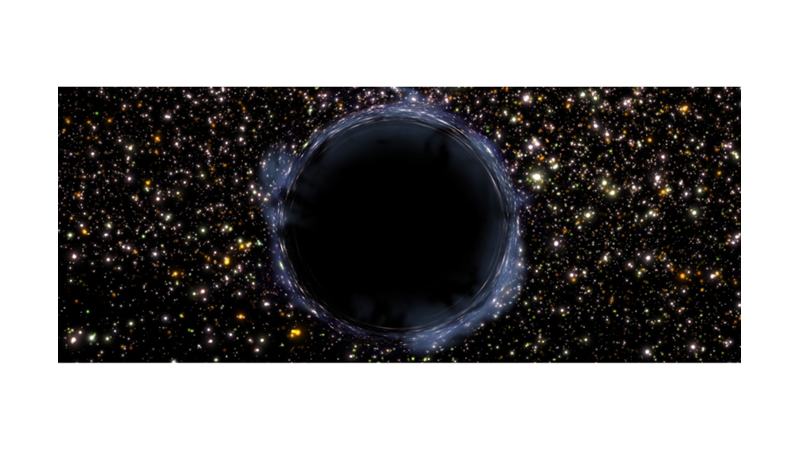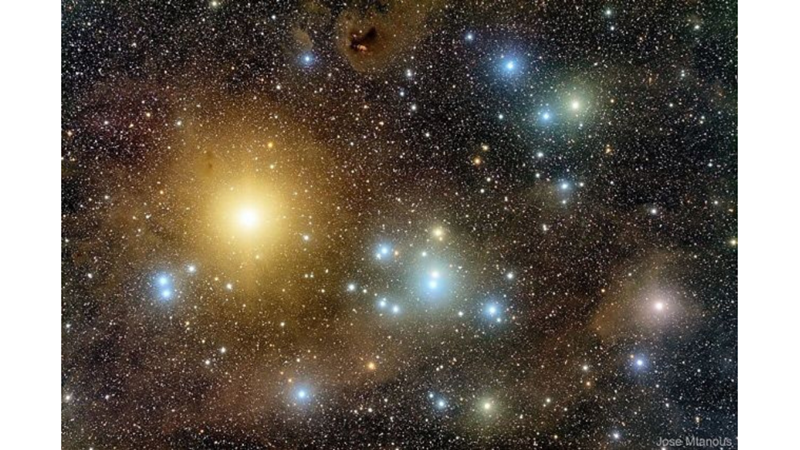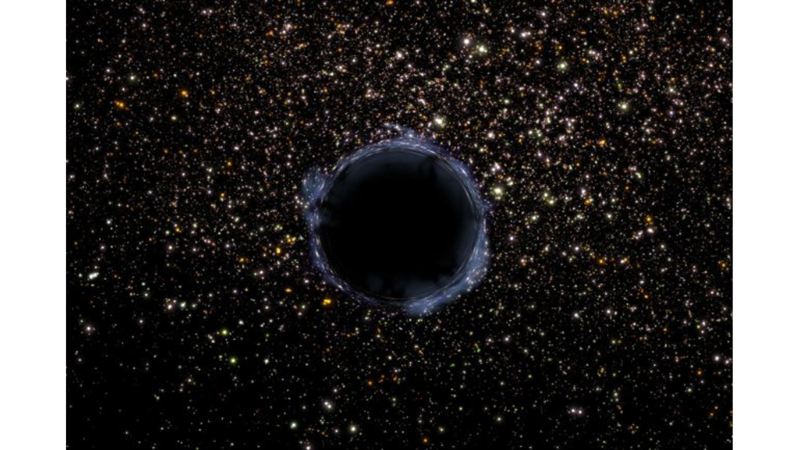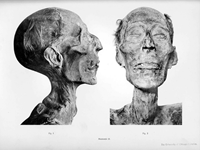The Milky Way should be full of tiny black holes. Somewhere out there, lurking in the corners of the galaxy, an estimated 10 million to 1 billion stellar-mass black holes are thought to hang out darkly and mysteriously.
We usually can't see them unless they're active, so we can't count them. We also don't know where they are in the Milky Way. We know there are only about 20 stellar-mass black holes in our galaxy, and the closest candidate to Earth is located about 1,565 light years away.
But a new study suggests they could be much closer than we know, even on our cosmic doorstep.
By analysing and modelling the Hyades cluster, a group of stars located 150 light-years away, a team of astronomers discovered that two or three stellar-mass black holes could be hiding there.
"Our simulations can only match the mass and size of the Hyades simultaneously if some black holes exist at the centre of the cluster today (or until recently)," says astrophysicist Stefano Torniamenti from the University of Padua in Italy.
The Hyades, visible to the naked eye in the constellation Taurus in the night sky, are a group of stars that share the same properties and move together through space in a gravitationally bound cluster, known as an open cluster.
Each open cluster is essentially a family of sibling stars, all born from the same large molecular cloud and hanging out together before eventually going their separate ways.
The Hyades are thought to be about 625 million years old and contain hundreds of stars, with those furthest from the centre beginning to break off and those in the centre most densely packed.
In these densely packed environments, stars are expected to jostle each other at a higher rate than you would see in less crowded stellar environments, resulting in a higher rate of collisions and mergers.
Here, at the heart of star clusters, astronomers predict that black holes, the end products of these interactions, can be found. We have seen hints of them in other types of clusters, but they are quite difficult to find because black holes don't emit any light unless they are actively eating star flesh.
Torniamenti and his colleagues conducted their Hyades research in a more indirect way. They modelled the cluster's mass and stellar motions using data from Gaia, a satellite that maps the three-dimensional positions and velocities of stars in the Milky Way.
They then ran simulations to reproduce these observations. They found that their simulations were the closest match to the observed cluster when they included two or three stellar-mass black holes in the mix.
These black holes either still exist in the cluster or were ejected less than 150 million years ago, meaning they must be currently hovering on the outskirts of the cluster. This new ejection means that traces of the black holes' gravitational effects will still remain in the cluster core.
The researchers could not determine the precise positions of the black holes themselves. But they say this finding strongly suggests that the Hyades contains the closest candidate black holes to the Solar System, 10 times closer than the previous candidate.
To be clear, we are not in any danger from them; the researchers found that the fastest any of these black holes can move is 3 kilometres per second; even if they were travelling in our direction, it would take them a very, very long time to get here.
Anyway, black holes have no greater gravitational pull than any star of equivalent mass. So we're no more in danger from rogue black holes of stellar mass than we are from rogue stars of the same mass. Of course, we can't see it coming, but either way, what do we do?
Rather, this discovery helps us better understand the invisible population of stellar-mass black holes in the Milky Way.
"This observation helps us understand how the presence of black holes affects the evolution of star clusters and how star clusters contribute to gravitational wave sources," says astrophysicist Mark Gieles from the University of Barcelona.
"These results also give us insight into how these mysterious objects are distributed throughout the galaxy."
Source: https://www.sciencealert.com/


 Nielawore
Nielawore











Yorum yazmak için lütfen giriş yapınız